PHOENIX II Project:
Liquid Rocket Engine (LRE), Hybrid Rocket ENGINE (HRE), and Rotating Detonation Engine (RDE) are the promising future propulsion systems. These engine systems has a common problem of controlling its explosive combustion. The rapid heat release in the case of combustion oscillation in LREs, or of fall-off accidents in HREs causes local pressure rise that may cause failures and dangers. This kind of rapid heat release is induced by spontaneous ignition and rapid propagation of reaction front. RDEs are required to control detonation in the chamber. The conventional DDT (Deflagration to Detonation Transition) process needs long distance to realize detonation wave. The more compact configuration is possible if the auto-ignitive propagation is utilized to rapidly develop and stabilize the wave. All these are related to spontaneous ignition in non-uniform reacting medium, causing pressure rise during combustion (that is what we call as “explosive combustion”).
The simplest model of those ignition system is droplet array imposed in hot air. The fuel droplet evaporates and forms non-uniform fuel-air mixture. Then, the spontaneous ignition process occurs in two-steps, that is the occurrence of cool flame and that of hot flame. The hot flame is the ordinary flame. The cool flame is cool (<1000K) and induced by branched chain reaction mechanism proposed by N. N. Semyonov (Nobel Prise ’56). Since the propagation of reaction front of hot flame is significantly influenced by the preceding cool flame temperature, the dynamics of cool flame is the key to control the explosive combustion.
To make the droplet array system 2D, we plan to make ignition experiments in micro-gravity environment that can suppress buoyancy convection. The German sounding rocket, TEXUS is planned to offer about 5 minutes weightlessness. Currently 5 universities and 2 space agency are working on the flight experimental module developments. The collaborators are:
CIT Nihon University, Yamaguchi University, Kyushu University, University of Bremen (ZARM), Brandenburg University of Technology, JAXA, DLR
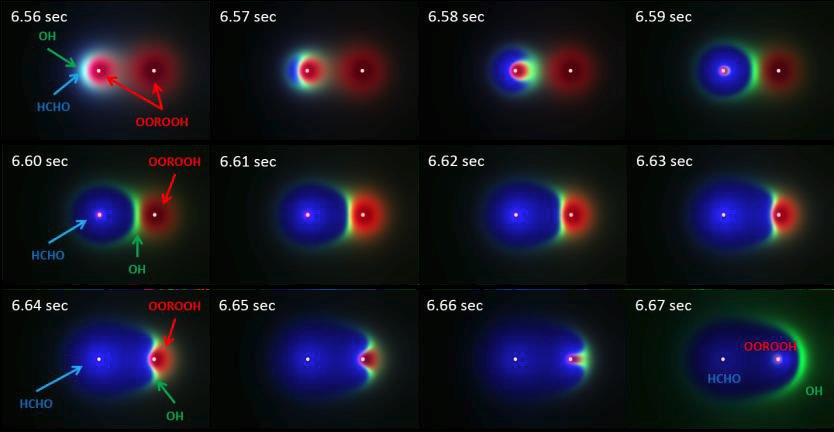
Predicted ignition and propagation of cool flame

Function test at droptower CST NU
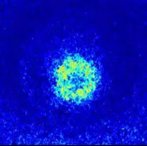
Detected cool flame

Flight model & GSE
The space experiments using sounding rocket was successfully performed in 2024.

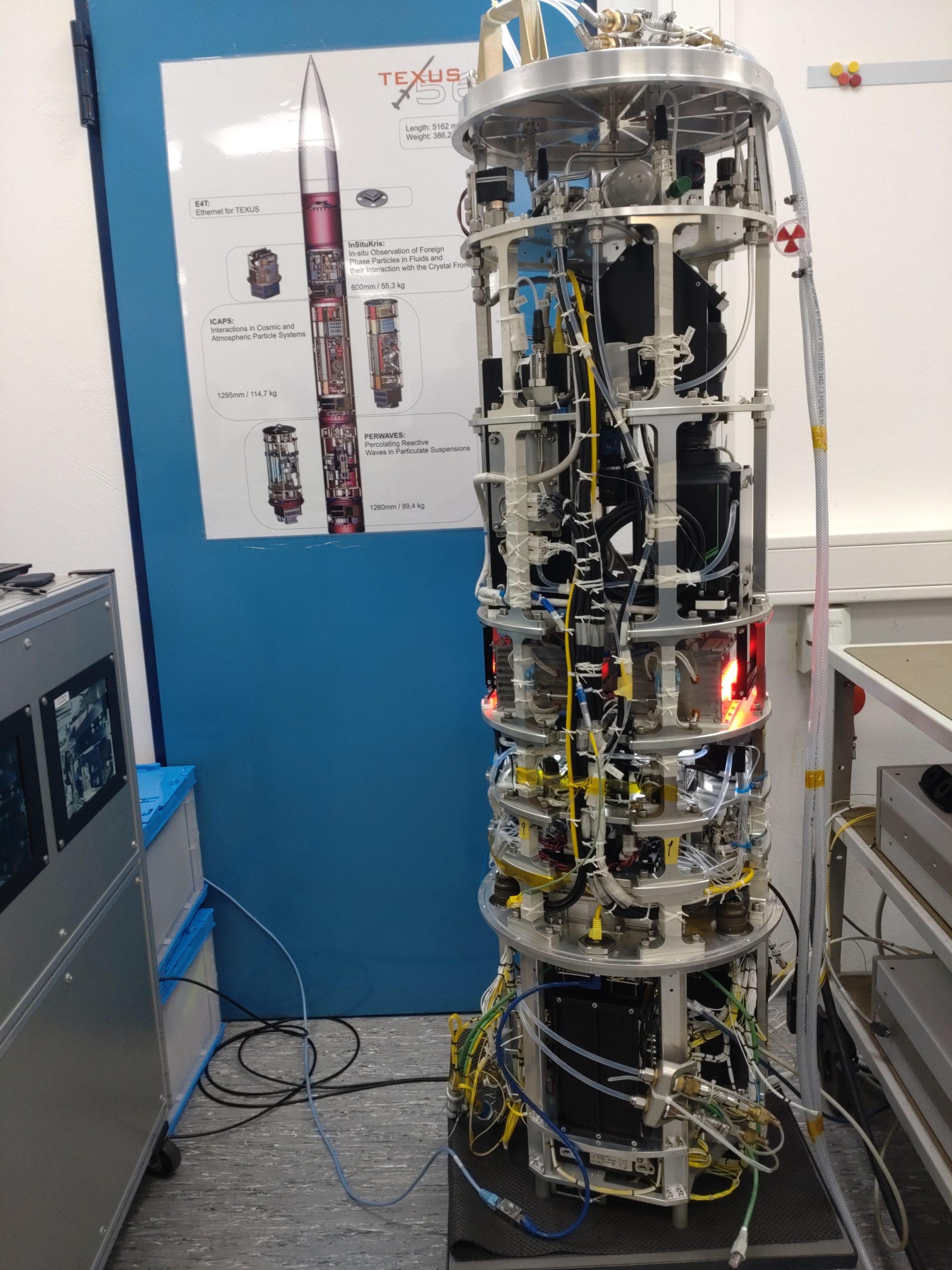
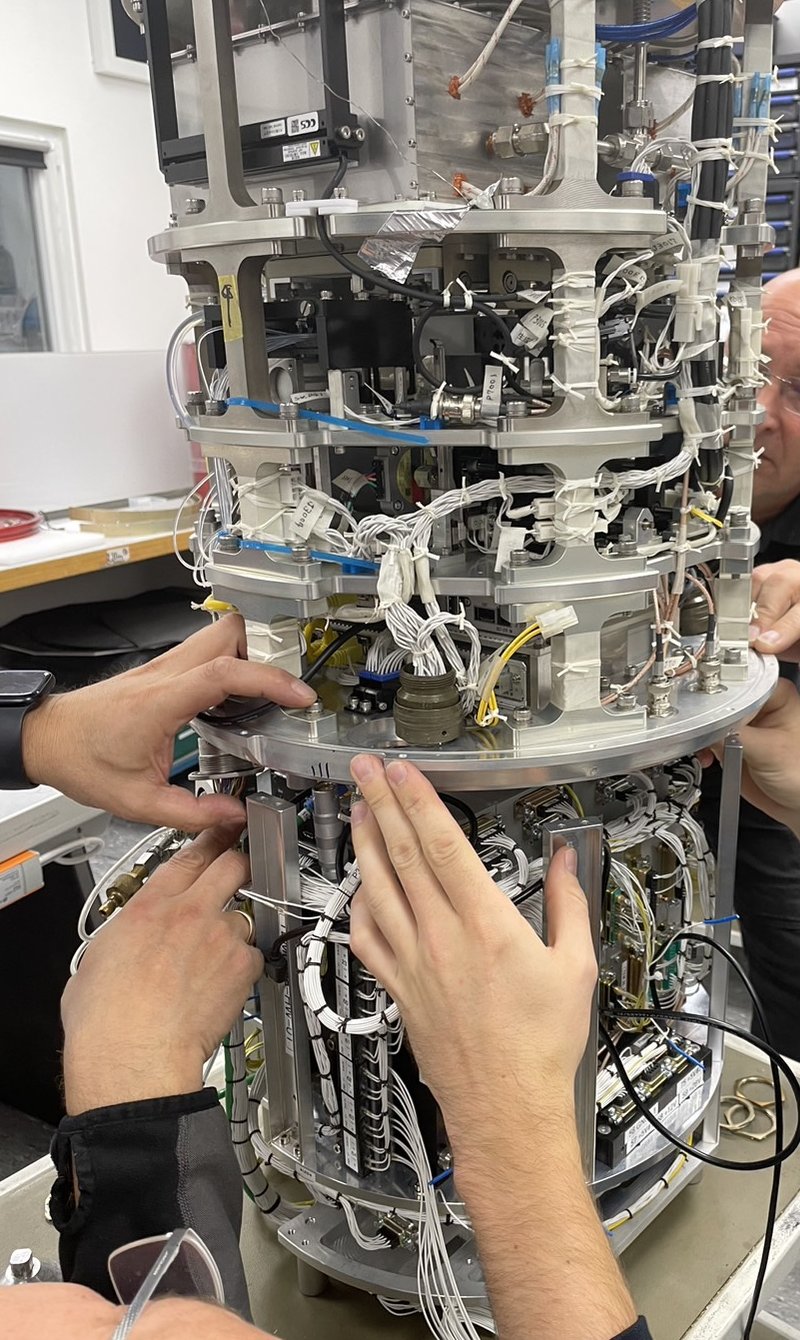

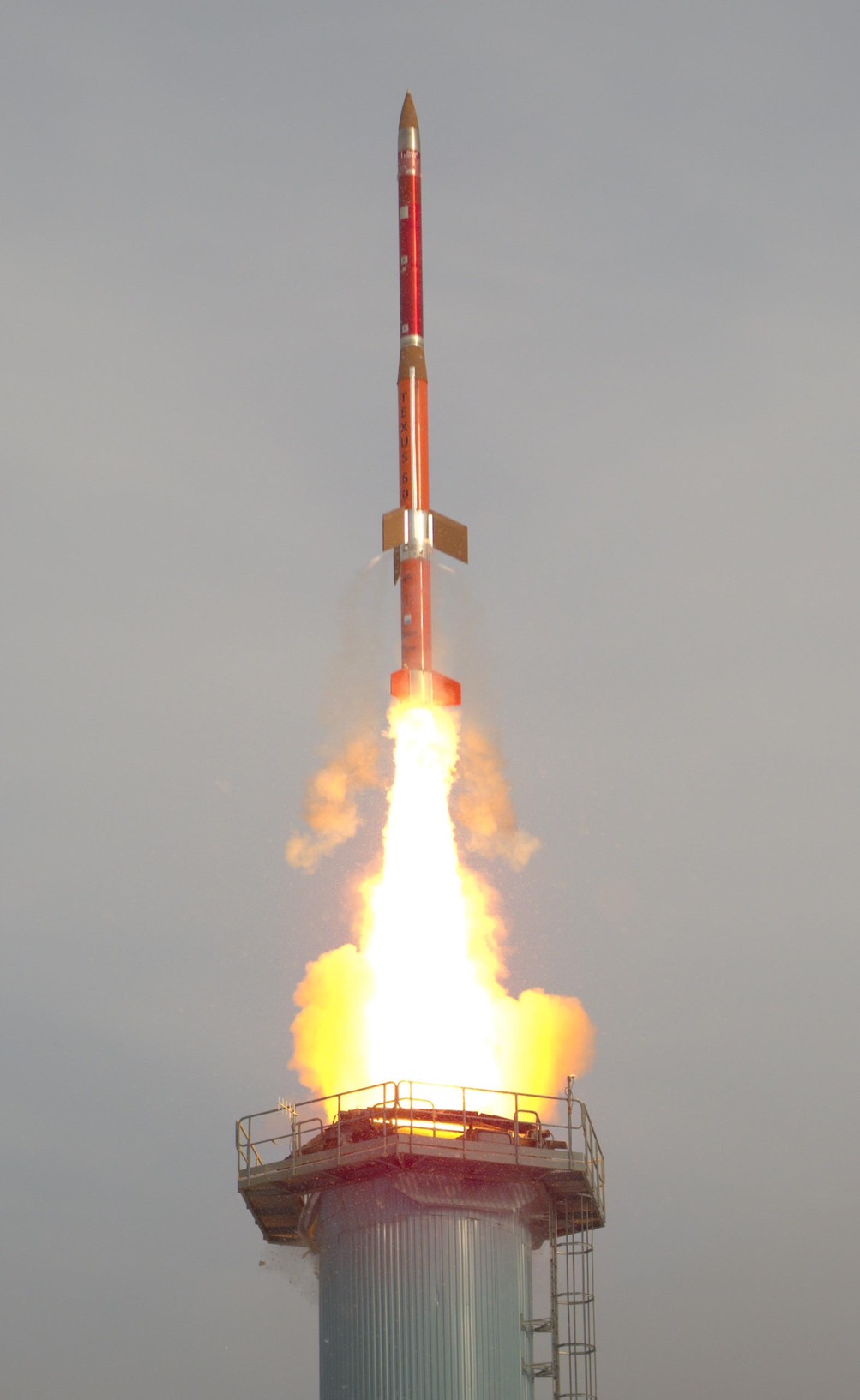
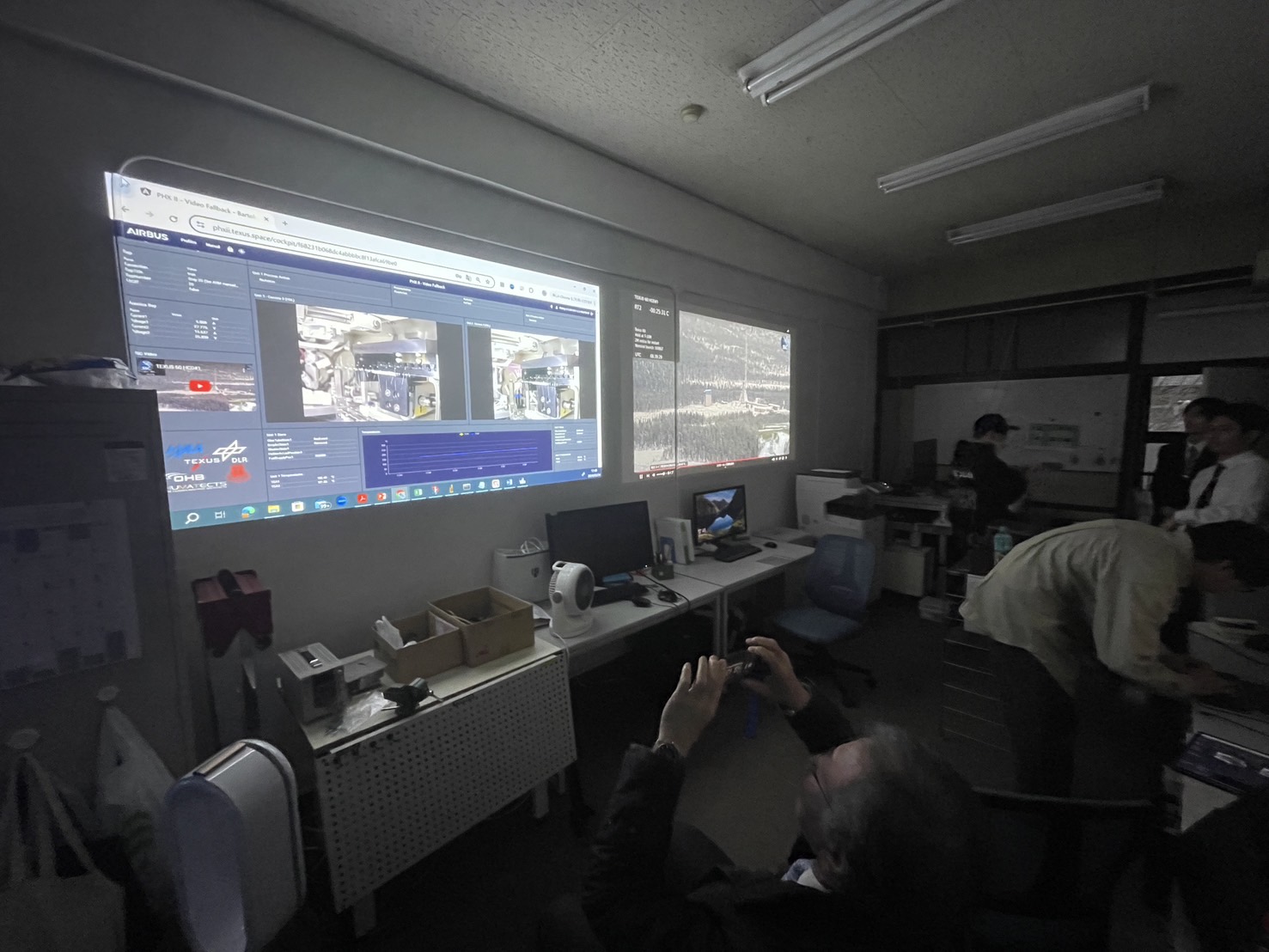
Links to:
Saito Lab. CST, Nihon University
Nomura Lab, CIT, Nihon University
Engine Systems Laboratory, Kyushu University
Engine System Engineering Lab, Yamaguchi University
ZARM University of Bremen
News:
Swedish Space Corp / SSC on Linked in
Airbus / Airbus Space on X / Airbus Defence and Space on Linkedin
Nihon University News
Youtube Texus 60 Launch 2024 03 24 0948 UTC
SpaceWatch Global
Space Daily
Public Now
Acknowledgements:
This project is supported by JAXA Small Scale Project funding and Nihon University President Grant.